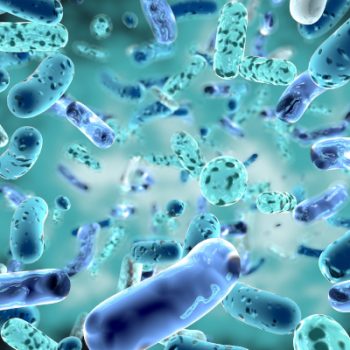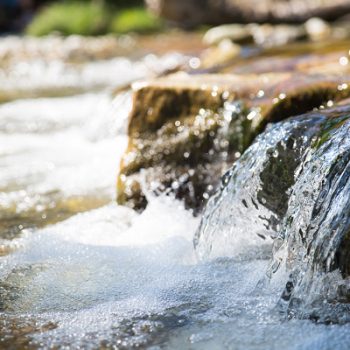Use CENSUS® qPCR or QuantArray®-Chlor to quantify Dehalococcoides and functional genes responsible for reductive dechlorination of PCE, TCE, DCE, vinyl chloride and other chlorinated compounds.
Dehalococcoides mccartyi was the first bacterial group isolated and proven to be capable of complete anaerobic dechlorination of chlorinated ethene compounds to ethene. Since then, CENSUS® qPCR and QuantArray®-Chlor quantification of Dehalococcoides and reductive dehalogenase genes (TCE, BVC, and VCR) have become an indispensable component of assessment, remedy selection, and performance monitoring at chlorinated solvent sites in North America and around the world. In fact, Lu et al. (2006) have proposed using a Dehalococcoides concentration of 1.0E+04 cells/mL as a screening criterion to identify sites where biological reductive dechlorination will proceed at “generally useful” dechlorination rates.















